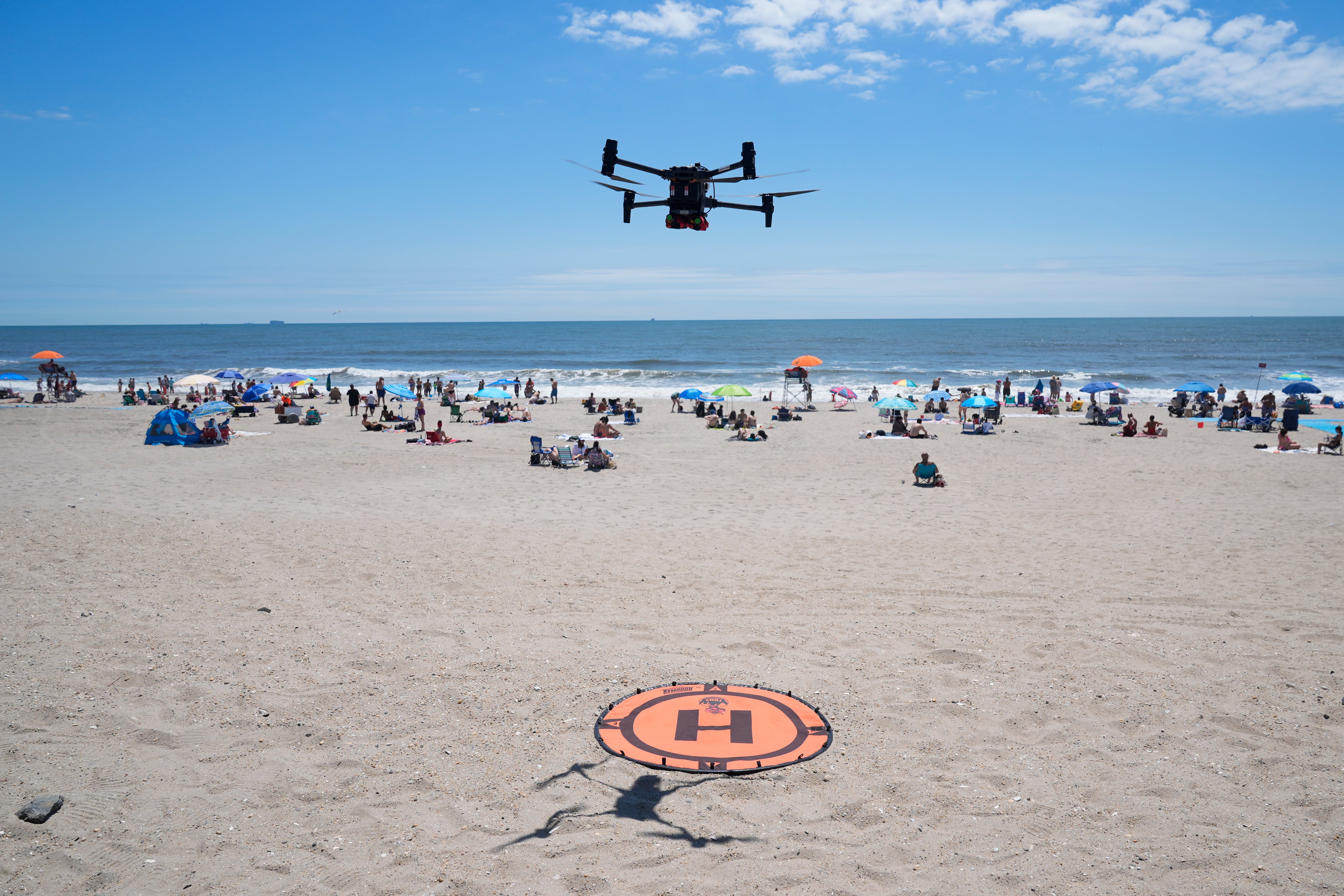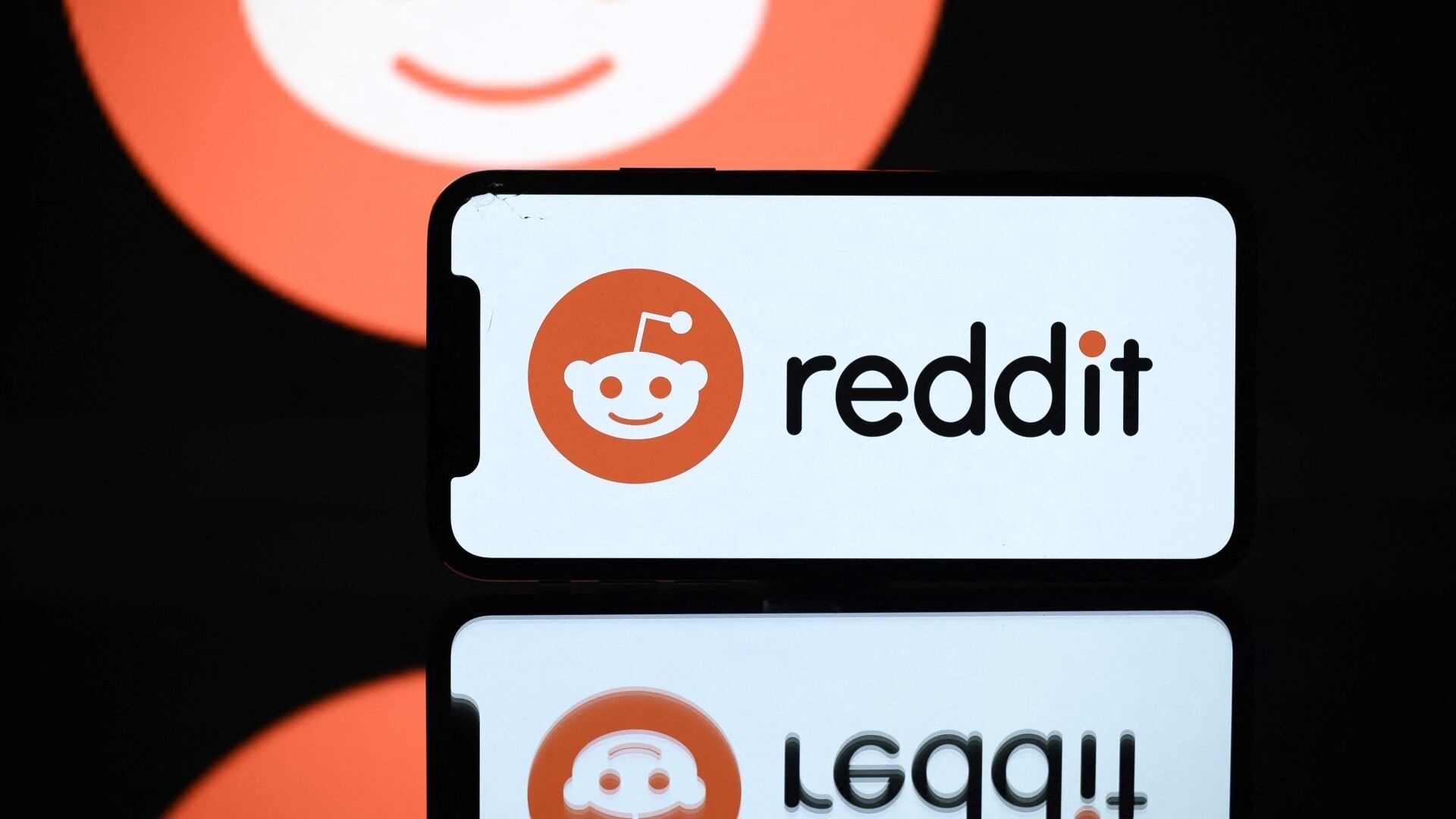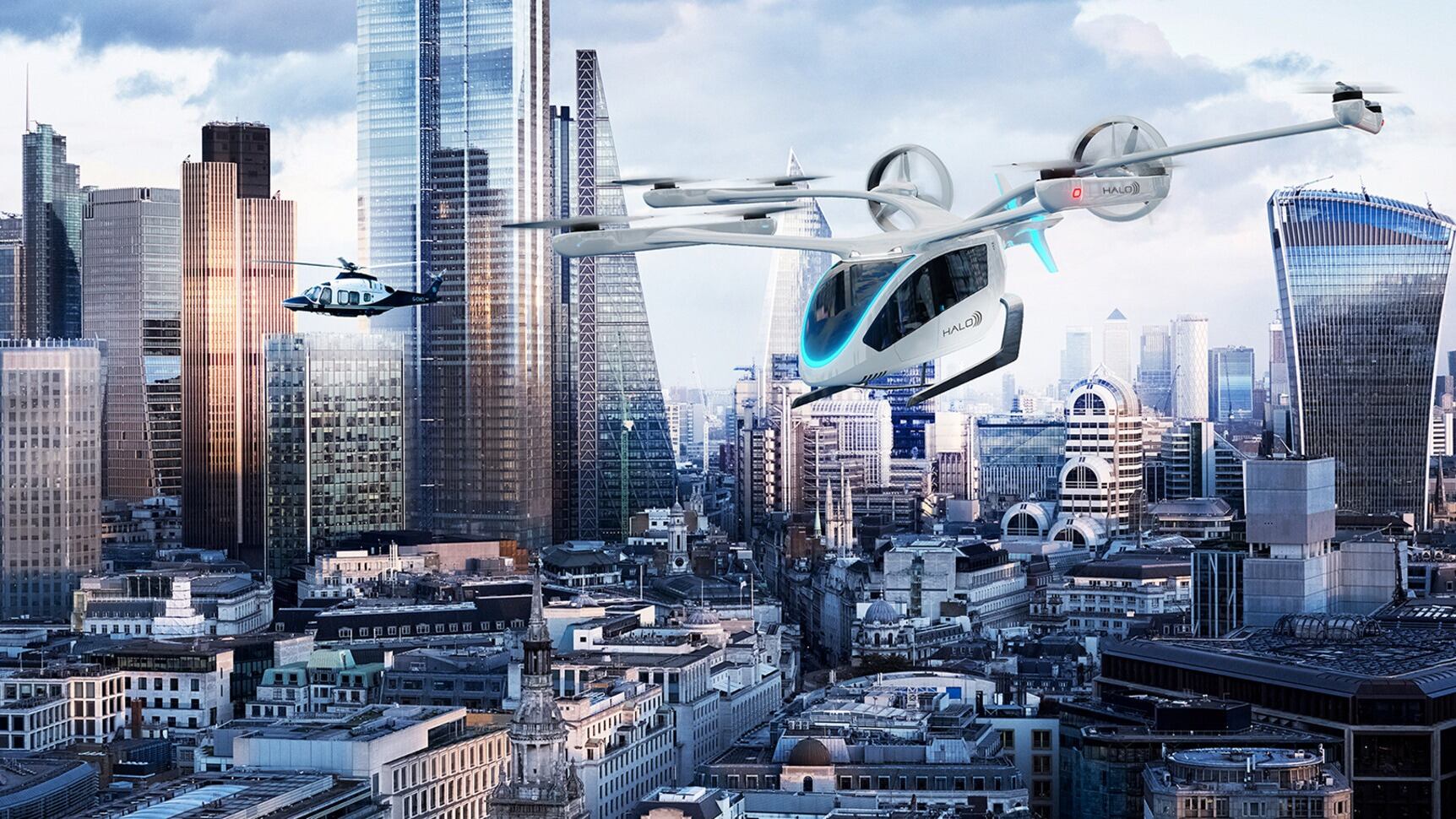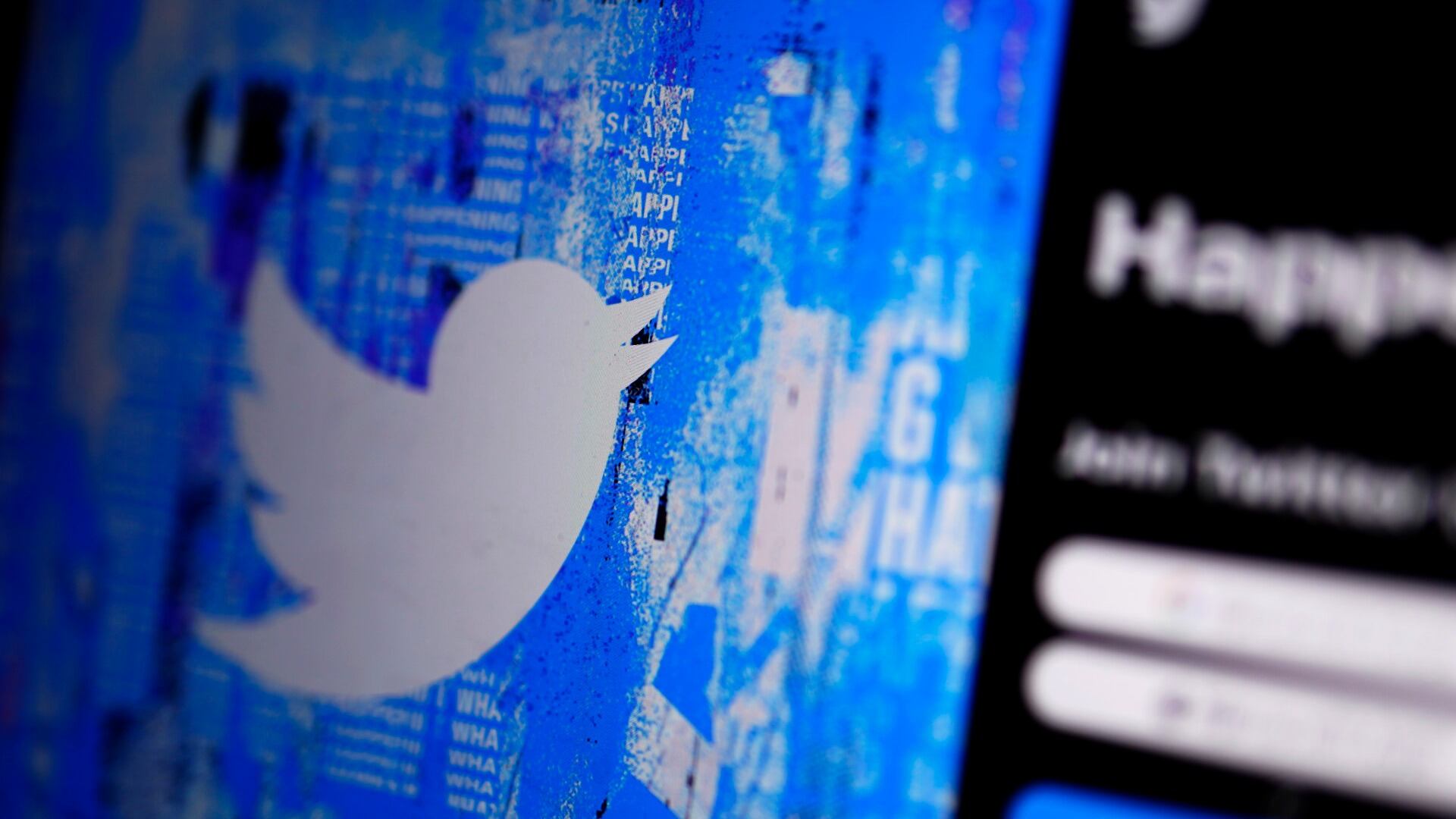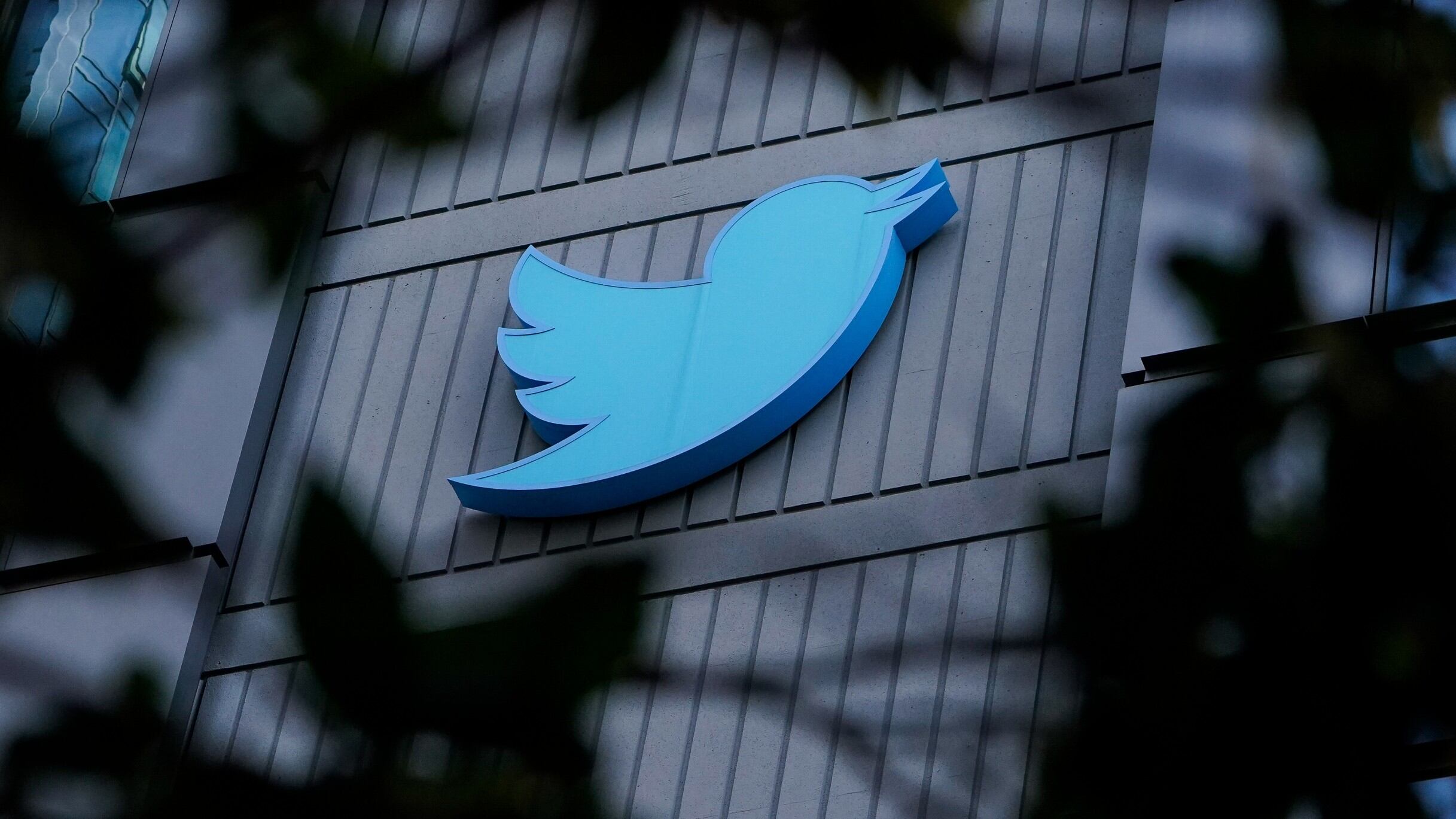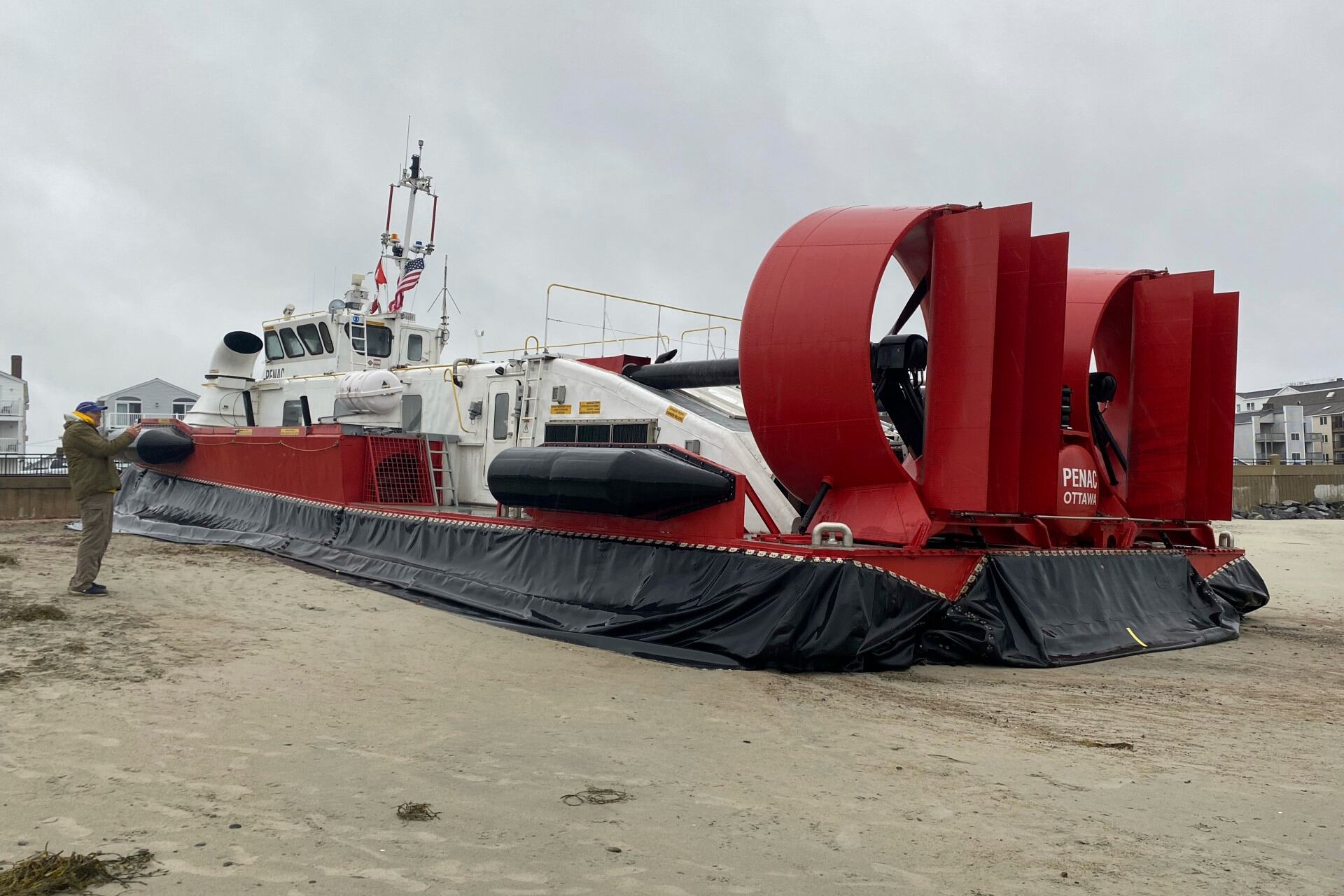NEW YORK (AP) — A fleet of drones patrolling New York City’s beaches for signs of sharks and struggling swimmers is drawing backlash from an aggressive group of seaside residents: local shorebirds.
Since the drones began flying in May, flocks of birds have repeatedly swarmed the devices, forcing the police department and other city agencies to adjust their flight plans. While the attacks have slowed, they have not stopped completely, fueling concern from wildlife experts about the impact on threatened species nesting along the coast.
Veronica Welsh, a wildlife coordinator at the Parks Department, said the birds were “very annoyed by the drones” from the moment they arrived on the beach.
“They will fly at it, they’ll swoop at it, they’ll be vocalizing,” Welsh said. “They think they’re defending their chicks from a predator.”
No birds have been harmed, but officials say there have been several close calls. The drones, which come equipped with inflatable life rafts that can be dropped on distressed swimmers, have yet to conduct any rescues. They spotted their first shark on Thursday, resulting in a closure of most of the beach.
City officials said the “swarming incidents” have been primarily carried out by American oystercatchers. The shorebird, known for its striking orange bill, lays its eggs this time of year in the sand on Rockaway Beach. While its population has improved in recent decades, federal authorities consider the species a “high conservation concern."
The birds eventually may grow habituated to the devices, which can stretch over 3 feet (nearly a meter) long and emit a loud hum as they take flight, said David Bird, a professor of wildlife biology at McGill University.
But he was quick to raise a far more dire possibility: that the drones could prompt a stress response in some birds that causes them to flee the beach and abandon their eggs, as several thousand elegant terns did following a recent drone crash in San Diego.
“We don’t know a lot about what sort of distance is required to protect the birds,” he said. “But we do know there are birds on this beach that are highly endangered. If they abandon their nests because of the drones, that would be a disaster.”
On Rockaway Beach, a popular summertime destination for New Yorkers, American oystercatchers share their habitat with multiple tern species of waterbirds, as well as piping plovers, a small, sand-colored bird that is the city’s only federally designated endangered species. Local officials closely monitor the plovers each summer, barring beachgoers — and drones — from the stretches of sand where they primarily nest.
The city’s Emergency Management Department, which also flies drones over the beach, flagged the coastal conflict last month to other drone operators in the police and fire department, who agreed to launch the devices further from oystercatcher nesting areas.
“We pointed out that there’s a nest here and there’s two angry parents who don’t want you anywhere near their eggs or their babies,” said Natalie Grybauskas, the agency’s assistant commissioner.
Since then, agencies have been holding briefings on the issue, a departure from their usual work on disasters like fires and building collapses.
“It’s rare that you have to learn about the life cycles of baby birds,” Grybauskas said.
But even after the city adjusted its flight range, beachgoers said they witnessed groups of birds rushing at the drones.
New York City is not alone turning to drones to patrol its waters. Following a spate of shark bites last summer, a similar effort was launched by officials on Long Island. Those devices are smaller and quieter and do not have flotation devices. In recent years, lifeguards in Australia also have used drones to monitor sharks and to conduct rescue operations.
New York City Mayor Eric Adams, a devoted drone enthusiast, has touted the new drone program as a “great addition to saving the lives of those that we lose over the summer," especially as the city struggles to hire lifeguards to staff its beaches.
Four people have drowned off city beaches this summer, matching the total number of swimming deaths from last year.
After two teenagers disappeared while swimming off a beach adjacent to Rockaway, the NYPD flew its drones as part of the search mission. Both bodies eventually washed up on the shoreline.
The fire department’s drones also have captured footage of lifeguards assisting swimmers on Rockaway Beach struggling in a rip tide.
Christopher Allieri, founder of the NYC Plover Project, a bird protection group, praised the city for taking an innovative approach to water safety. But he stressed additional precautions were necessary to ensure the drones weren’t harming the shorebird population.
“Wildlife in New York is often an afterthought,” he said. “We should be asking ourselves how we can use this technology in a way that works for all New Yorkers, and that includes those with feathers.”
